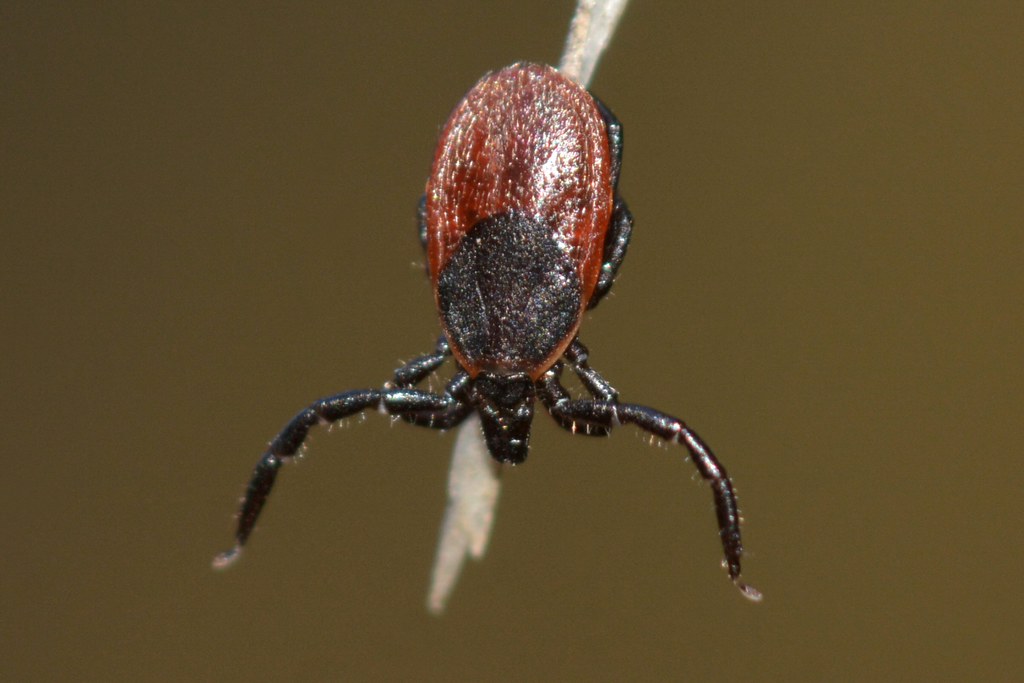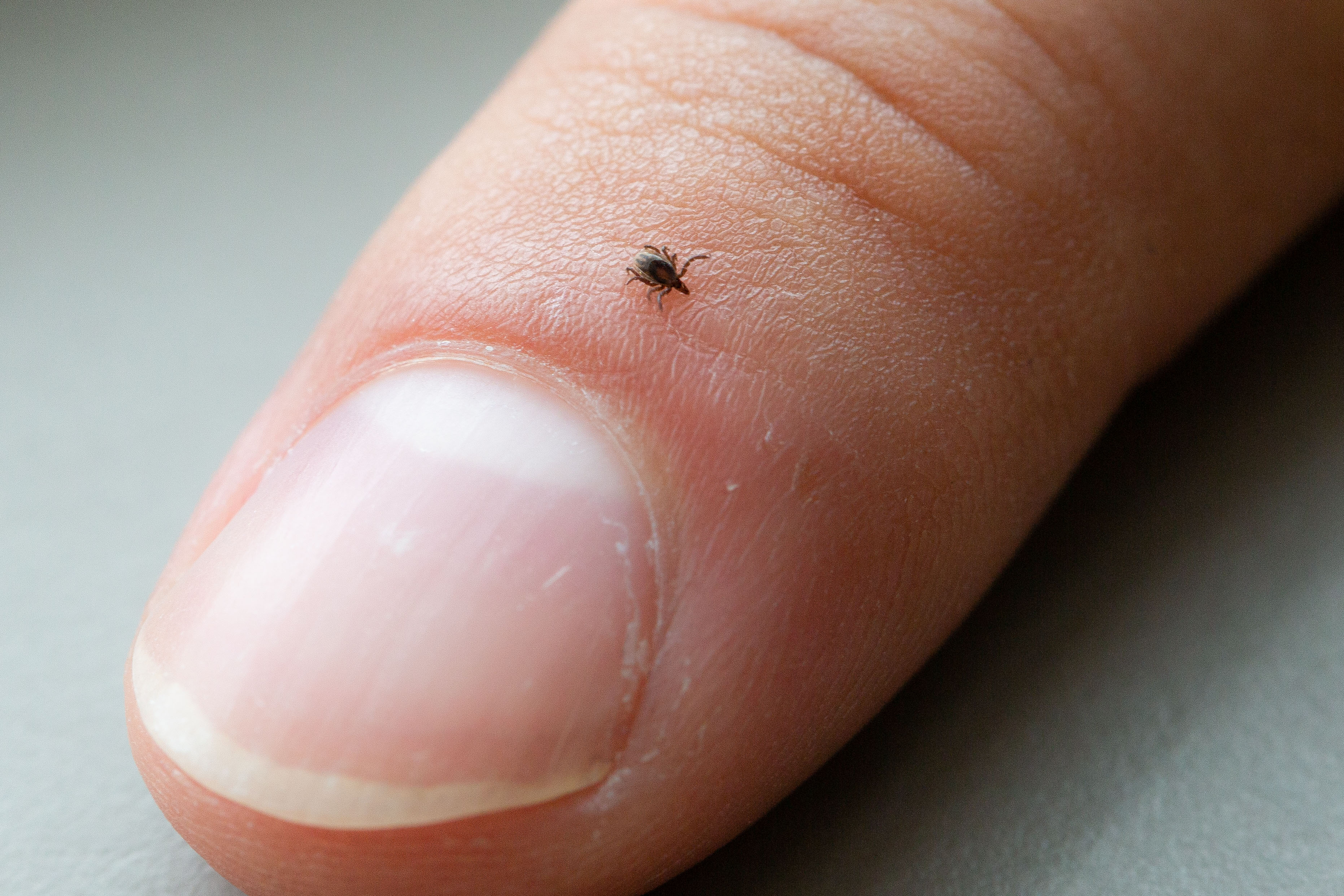

In addition, adult males are not thought to feed, though nymphs of either gender take blood meals and could already harbour bacteria from an infected host. Nymphs typically pose the greatest threat, as they are likely to carry bacteria at that life stage but remain too small for humans to easily notice or find. Black-legged ticks generally only survive a few days in dry indoor settings, though the duration may prove long enough for them to bite a person or domesticated animals. The most common way for a black-legged tick to enter the home environment is by attaching itself to clothing or the fur of a pet.
BLACK TICK HOW TO
How to prevent Black Legged Ticks from invading
BLACK TICK SKIN
If disposing of the tick by killing it, it remains important to avoid skin contact with potentially infected blood. Dispose of the parasite by saving the tick in a container to turn in to an entomology lab or an exterminator.

After displacing the tick, cleanse the area with disinfecting soap and water. Take care to avoid crushing the tick, as doing so may cause the arachnid to regurgitate infected blood.

In the event of a black-legged tick bite, removing the tick with tweezers is considered the best option. Concerned individuals should seek expert help, such as a pest control professional, if black-legged tick problems become substantial in or around the home. Black Legged Ticks RemovalĪlthough it is difficult to eliminate all black-legged ticks from areas of concern without the use of pesticides and other chemicals, simple steps like maintaining lawns by consistently mowing and trimming, removing any leaf litter, and keeping pets away from overgrown areas and unprotected woods may help reduce contact with these arachnids. During blood-meal engorgement, adult females may reach up to 10 mm in length and swell significantly. The males are much smaller than the females. Males appear a dark brown or black colour, while females are usually black or brown around the head and dorsal plate and crimson coloured on the abdomen. Conversely, the nymphs generally have eight legs.Īs adults, the hard-bodied ticks exhibit sexual dimorphism, which leads to marked differences in size, colouration, and body structure. Unlike the adults which have eight legs, the larvae of black-legged ticks possess six legs and are difficult to see with the unaided eye. They feed on the blood of mammals, including humans, and other animals. Depending on the sex, deer ticks can live for about two years. The genus Ixodes refers to ticks with a rigid, hard outer carapace. Also commonly referred to as deer ticks, black-legged ticks (Ixodes scapularis) are a parasitic arachnid known for spreading disease, primarily Lyme disease.


 0 kommentar(er)
0 kommentar(er)
